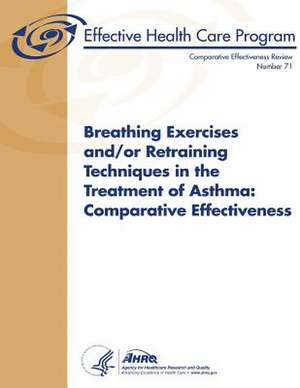Breathing Exercises And/Or Retraining Techniques in the Treatment of Asthma
Autor U. S. Department of Heal Human Services, Agency for Healthcare Resea And Qualityen Limba Engleză Paperback
Preț: 163.70 lei
Preț vechi: 172.32 lei
-5% Nou
Puncte Express: 246
Preț estimativ în valută:
31.33€ • 33.50$ • 26.12£
31.33€ • 33.50$ • 26.12£
Carte disponibilă
Livrare economică 27 martie-10 aprilie
Preluare comenzi: 021 569.72.76
Specificații
ISBN-13: 9781483925608
ISBN-10: 1483925609
Pagini: 224
Dimensiuni: 216 x 280 x 12 mm
Greutate: 0.53 kg
Editura: CREATESPACE
ISBN-10: 1483925609
Pagini: 224
Dimensiuni: 216 x 280 x 12 mm
Greutate: 0.53 kg
Editura: CREATESPACE
